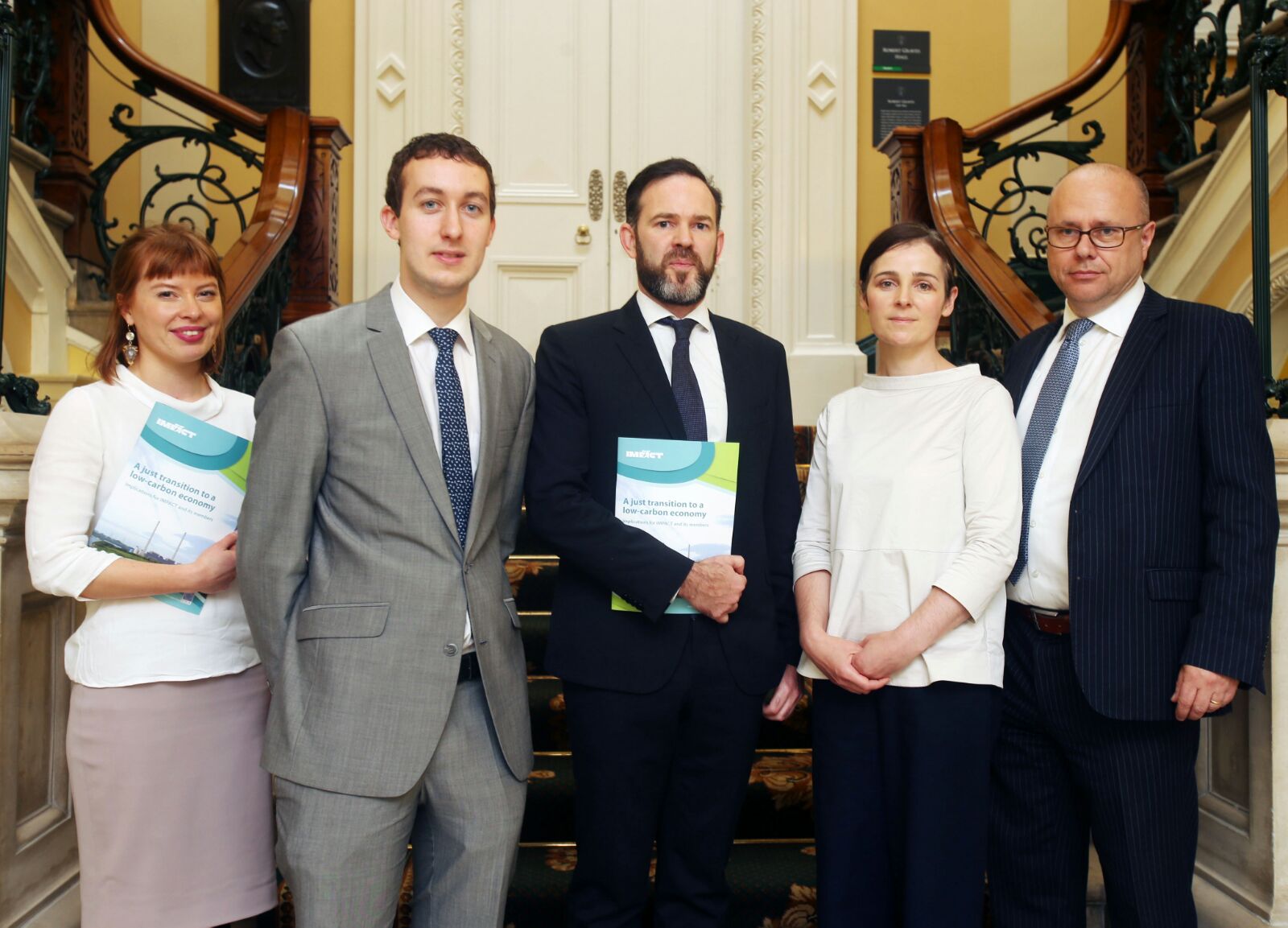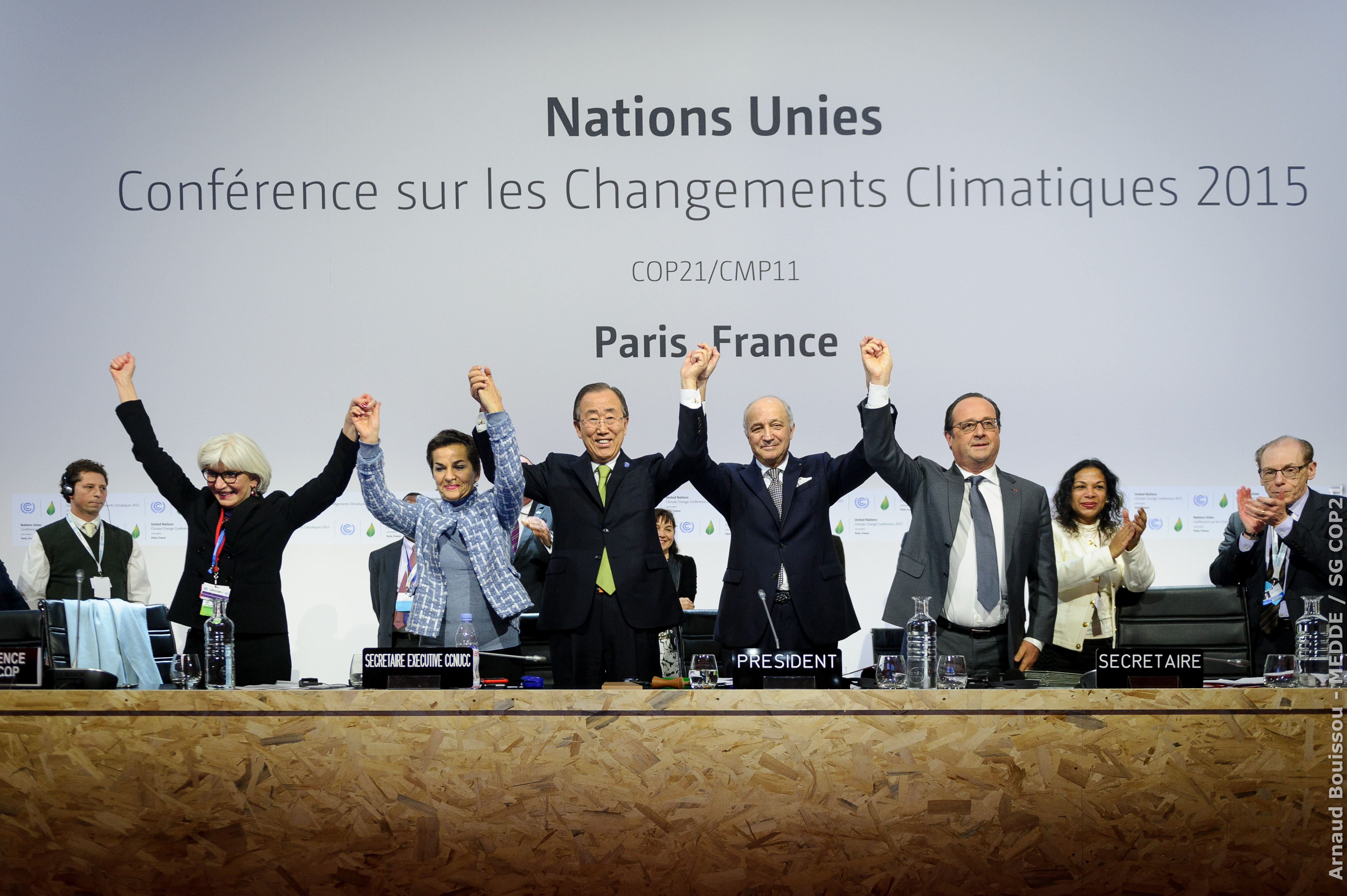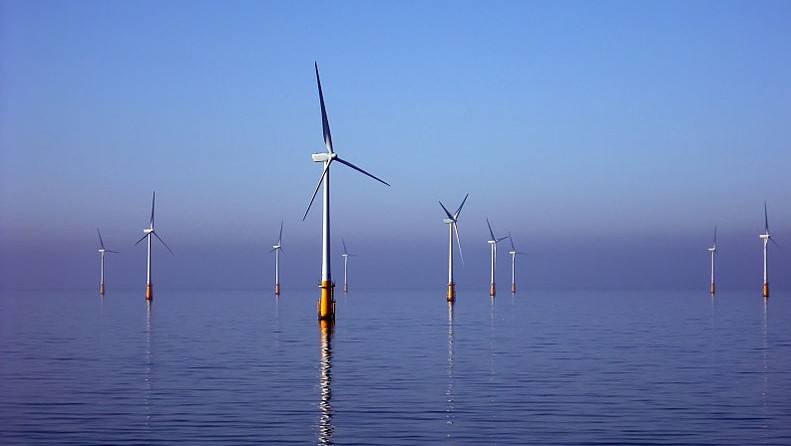Skill shortage major challenge for retrofit plans

July 11th, 2019
Addressing skills shortages will be essential in order to meet retrofitting targets outlined in the Government’s new climate plan, the Oireachtas Committee on Climate Action has heard.
Under the newly launched Climate Action Plan to Tackle Climate Breakdown, the Government has proposed upgrading 500,000 homes to a Building Energy Rating (BER) of B2 and the installation of 600,000 heat pumps by 2030.
BER is measured on energy performance and CO2 emissions ranging from A – the most energy-efficient – down to G. The building sector accounts for 10 per cent of all national emissions.
Speaking before the Committee yesterday, David Flannery of the Tipperary Energy Agency (TEA) said that a retrofit of this scale and quality would require “significant investment in developing skills and standards in the sector”.
TEA has been involved in projects to reduce energy-related carbon emissions since 2005, completing 75 deep retrofits under a variety of SEAI supported schemes since 2015 alone.
Such an investment, Mr Flannery said, can be supported by a predictable, long-term funding programme. Meeting the government’s energy efficiency upgrade target would produce “high-quality job opportunities”, he added.
“The deep renovations of one home supports an average of one job per year in terms of direct, indirect, and induced jobs,” Mr Flannery said.
According to the CEO of Sustainable Energy Authority of Ireland (SEAI) Jim Gannon, the majority of Irish homes have energy ratings are in the C and D categories. “So when we talk about a B2 level of ambition, we need to understand where we’re going from and to,” Mr Gannon said.
Appearing before the Committee in January 2018, TEA CEO Paul Kenny stressed the importance of large scale home retrofitting, stating that all homes in Ireland will need to be retrofitted to an A or B energy rating.
In his testimony to the Committee last year, Mr Kenny noted that such a process would entail reducing air leakage, putting in thicker insulation, installing ventilation systems for high indoor air quality, using rooftop solar panels for electricity needs and providing heat pumps for low carbon heating.
Approximately 90 per cent of Irish housing stock was built prior to the introduction of energy efficiency requirements, leaving Ireland in last place for emissions produced per square metre of built houses in the European Union.
[x_author title=”About the Author”]






